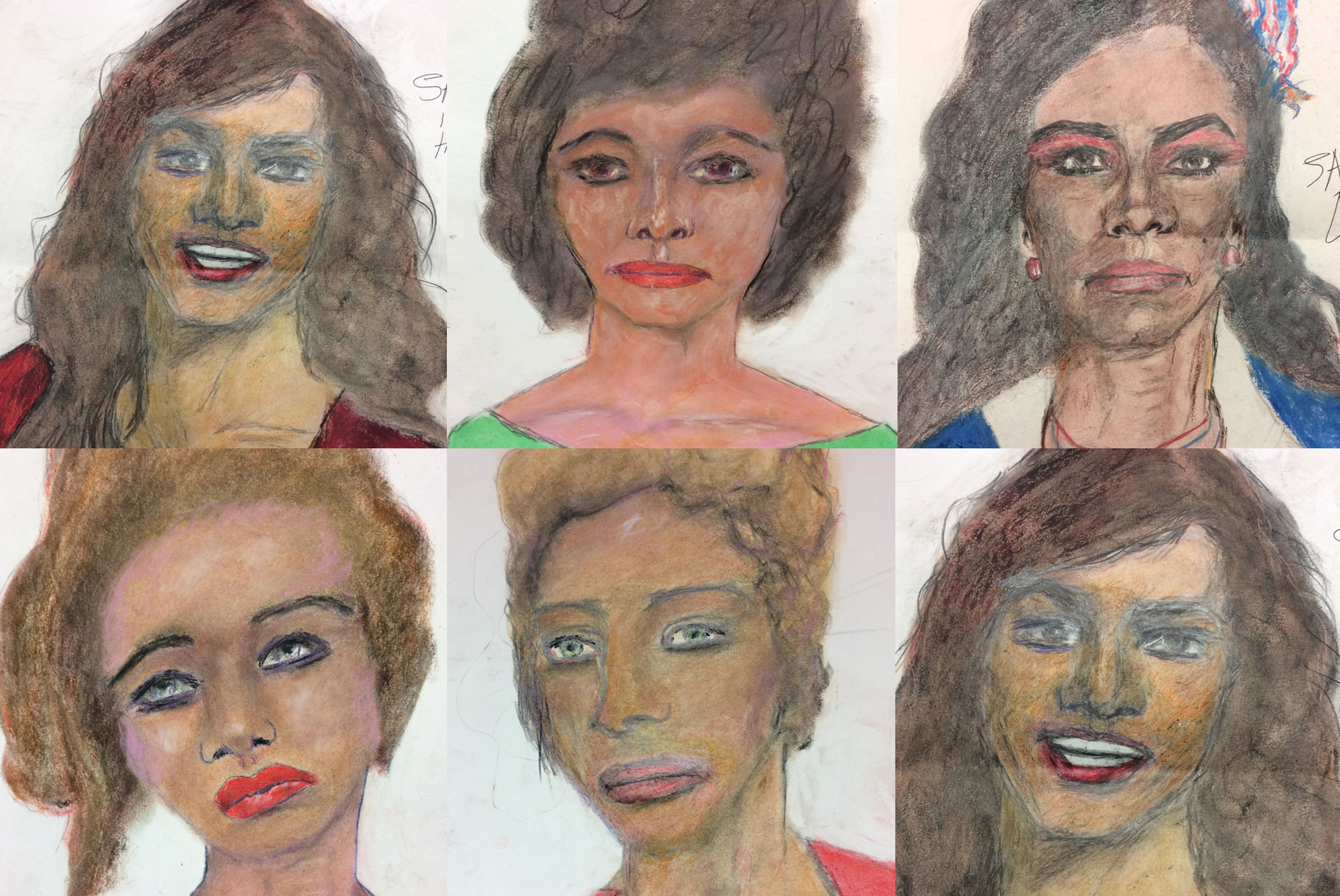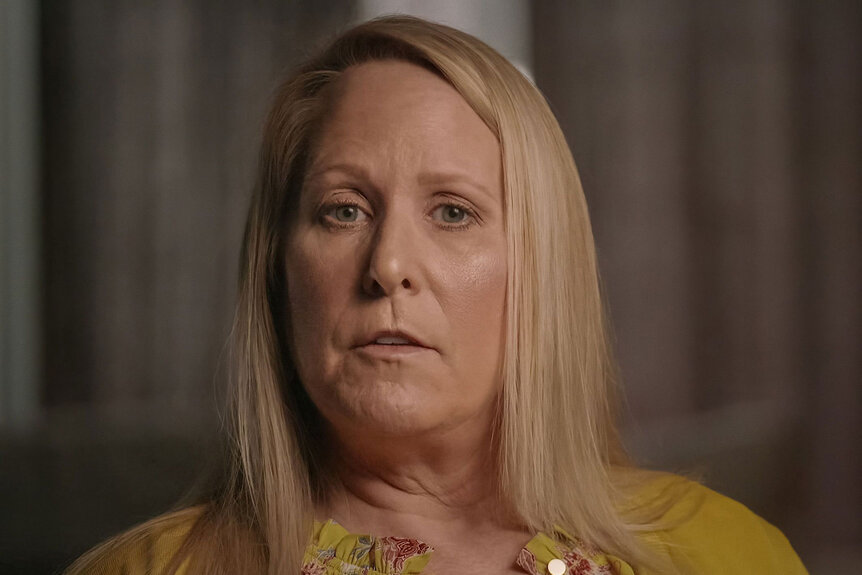Create a free profile to get unlimited access to exclusive videos, breaking news, sweepstakes, and more!
Some Of Samuel Little's Victims Tried To Stop The Serial Killer, But It Took Decades For People To Believe Them
Survivors of serial killer Samuel Little — Leila McClain, Hilda Nelson, Laurie Barros, and Tonya Jackson — testified against him but found they were the ones being judged.

Years before it was known he was a serial killer, several of Samuel Little’s surviving victims testified against him in hopes of getting him off the streets. Some knew that the cards were stacked against them because of attitudes about their drug dependence or involvement in sex work, yet still they tried to protect other women. In all their original cases, they were deemed not credible, allowing the murderer to continue roaming America and killing for years.
Samuel Little was 78 years old and serving a prison sentence in Texas when he began a series of conversations, hinting at his involvement in a host of unsolved murders. Eventually, he would claim that between 1978 and 2005, he killed 93 people as he drifted across the country. The FBI called Samuel Little “the most prolific” serial killer in U.S. history and before his death in 2020 he was credibly connected to 50 of those murders. So how did Little escape detection for so long? He was by no means a criminal mastermind. By his own admission, he targeted women he felt nobody would care about or miss. He preyed on marginalized people, mostly drug-dependent Black sex workers. And in his final years, he was a lonely man desperate for attention.
Author Jillian Lauren, who has written about her own experience with sex work, struck up a “friendship” with Little in the final years of his life, talking to the remorseless killer on a daily basis, visiting him behind bars and listening to his sickening recollections of strangling his many victims to death. The writer traded her relationship with Little in exchange for information on his crimes, so that his unnamed victims could have their voices heard and their lives mourned. As a result, she became a part of the final investigation into the killer’s crimes before his death.
Lauren pushed Little to close cases and identify the 93 victims he confessed to killing over three decades and across 14 different states. Her 2020 book, "Behold the Monster: Confronting America’s Most Prolific Serial Killer and Uncovering the Women Society Forgot" chronicles how several women who were savagely attacked by Little tried and failed to get him charged for rape and assault. And it serves as the inspiration for the upcoming five-part docuseries "Confronting A Serial Killer," which debuts Sunday, April 18 on Starz.
In the early ‘80’s Hilda Nelson and Leila McClain were Black sex workers in living in Pascagoula, Mississippi when they were separately attacked and raped by Little. They walked miles to the courthouse to testify against their attacker, but when Nelson, who was eight months pregnant, took the witness stand and saw Little, she was so terrified she "wet [her] pants," and was released from her subpoena. McClain walked Nelson home without testifying.
"When they told [Hilda] to go, I left with her because I felt like they wasn't going to do nothing, no way,” she said, according to court documents.
There was also Laurie Barros, who survived an attack by Little in San Diego in 1984 when she was 22. She explains in the docuseries that she felt like Little could sense that she “didn’t care about herself.” Still, she was able to describe Little and his car to police so accurately following the attack that police were able to trail him. In doing so, they caught him in the act of strangling another local woman, Tonya Jackson, in his car. As the docuseries shows, there was worry from the prosecution that the pair wouldn’t make for “credible” witnesses because of sex work and drug use, even though police witnessed Jackson being attacked.
Still, the women testified against Little but the trial resulted in a hung jury. The State neglected to pursue a second trial and Little pleaded guilty to a lesser charge in exchange for a four-year sentence, of which he served just two.
“Sam had a unique ability for finding the people who would not be credible regardless of what they said. Even if they lived, who would believe them,” Lauren said. “Somehow this man was more credible than these victims?”
Even so, decades later, survivors — including Barros — returned to ensure that he was convicted in 2012 of the murders of three women in California between 1987 and 1989.
Joe Berlinger, executive producer of “Confronting a Serial Killer,” told Oxygen.com that for these survivors “to summon the courage to go back in decades later to bring this all up again at the L.A. trial, I was blown away by that strength and upset that they were initially disregarded and mistreated.”
He added, “It’s shameful. Three decades later it's great to finally hold him accountable, but the trail of death is inexcusable.”
Lauren made it clear that the women's bravery came at quite a cost.
“Each of those women came into the courtroom and collapsed to the floor,” she said. “So, it can’t be overstated how much they went through and how much they gave to make sure that this didn’t happen again if they could help it. That’s what I see as my role as well.”
Lauren, who herself struggled with drug dependency and was a sex worker, expresses in the docuseries that her relationship with Little often affected her, and her PTSD, negatively.
Still, she felt she had to keep pushing to give victims back their dignity. The author told Oxygen.com that so many of the victims are close to her heart, like Mariann, a Black trans teen girl in Miami, Florida murdered by Little in either 1971 or 1972, according to the FBI. Her body has never been found.
“He described how she fought and ran,” Lauren recalled to Oxygen.com. “And her heel caught in the pavement and that’s when he got her and knocked her over and dragged her back to the car. There’s something about her that became so clear in my mind.”
Berlinger hopes that viewers take away that every victim is worthy of dignity and that denying them that creates the conditions that made it possible for Little to keep on killing for so long.
“[People should have] an awareness that when we don’t treat every victim with equality, whether it’s a college student at a prestigious university or someone who makes a living in the sex trade in the south, all victims should be treated equally because that’s what our foundation of our society is about, what our criminal justice system should be about and when you don’t treat victims equally you create monsters like Sam Little. He could have so easily been apprehended decades earlier and he created so much pain.”



























